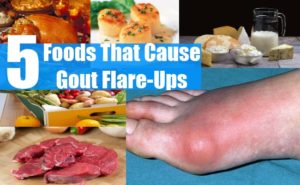What is Gout?
It is characterized by sudden, severe attacks of pain, redness and tenderness in joints, often the joint at the base of the big toe.
Gout — a complex form of arthritis — can affect anyone. Men are more likely to get gout, but women become increasingly susceptible to gout after menopause.
Fortunately, gout is treatable, and there are ways to reduce the risk that gout will recur.
The signs and symptoms of gout almost always occur suddenly — often at night — and without warning.
They include:
- Intense joint pain. Gout usually affects the large joint of your big toe, but it can occur in your feet, ankles, knees, hands and wrists. The pain is likely to be most severe within the first four to 12 hours after it begins.
- Lingering discomfort. After the most severe pain subsides, some joint discomfort may last from a few days to a few weeks. Later attacks are likely to last longer and affect more joints.
- Inflammation and redness. The affected joint or joints become swollen, tender, warm and red.
- Limited range of motion. Decreased joint mobility may occur as gout progresses.
What actually causes gout?
Gout occurs when urate crystals accumulate in your joint, causing the inflammation and intense pain of a gout attack. Urate crystals can form when you have high levels of uric acid in your blood.
Your body produces uric acid when it breaks down purines — substances that are found naturally in your body, as well as in certain foods, such as steak, organ meats and seafood. Other foods also promote higher levels of uric acid, such as alcoholic beverages, especially beer, and drinks sweetened with fruit sugar (fructose).

